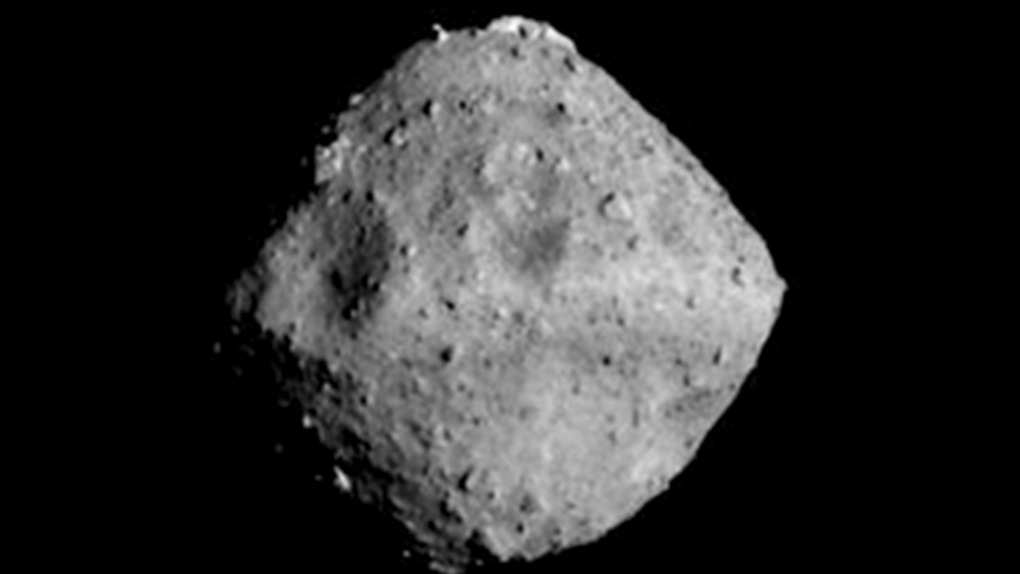It’s been about two months since Japan’s space program, JAXA, arrived at the asteroid known as Ryugu. The mission began way back in 2014, and it took JAXA’s Hayabusa-2 spacecraft over three years to reach the dumpling-shaped space rock. Now, Japan has announced when it will begin the process of actually landing on the asteroid.
This goes without saying, but landing on an asteroid as it’s whipping through space isn’t exactly an easy feat. The probe is built in multiple pieces, and while the Hayabusa-2 “mothership” will remain in orbit around the asteroid it will send down robotic landers to study the asteroid.
BBC reports that JAXA will deploy its first landers on September 21st. The larger main craft will send the “package” down to the surface, at which point a pair of robots will emerge.
The robots that will venture out onto the asteroid’s surface aren’t rovers in the traditional sense, but they are capable of moving around. Rather than rolling along on rugged wheels, the tiny vehicles will actually jump to new spots, relying on the asteroid’s delicate gravitational pull to gently bring them back down.
Once the all-clear is given, a second deployment from the mothership will commence on October 3rd. A totally different piece of equipment called Mascot will tumble down to the asteroid’s surface. Mascot — which is short for Mobile Asteroid Surface Scout — is packed with tools that will relay data back to JAXA scientists. Unlike the other robo-landers, Mascot will only have one chance to reposition itself.
Between the various robots, a wealth of information is expected to be gathered. The bots will not only send back high-resolution images of the asteroid’s surface, but also do on-site examinations of the materials that make up its surface. By finding out exactly what the asteroid is made of, researchers can better understand the processes under which it (and the rest of the Solar System) formed.








